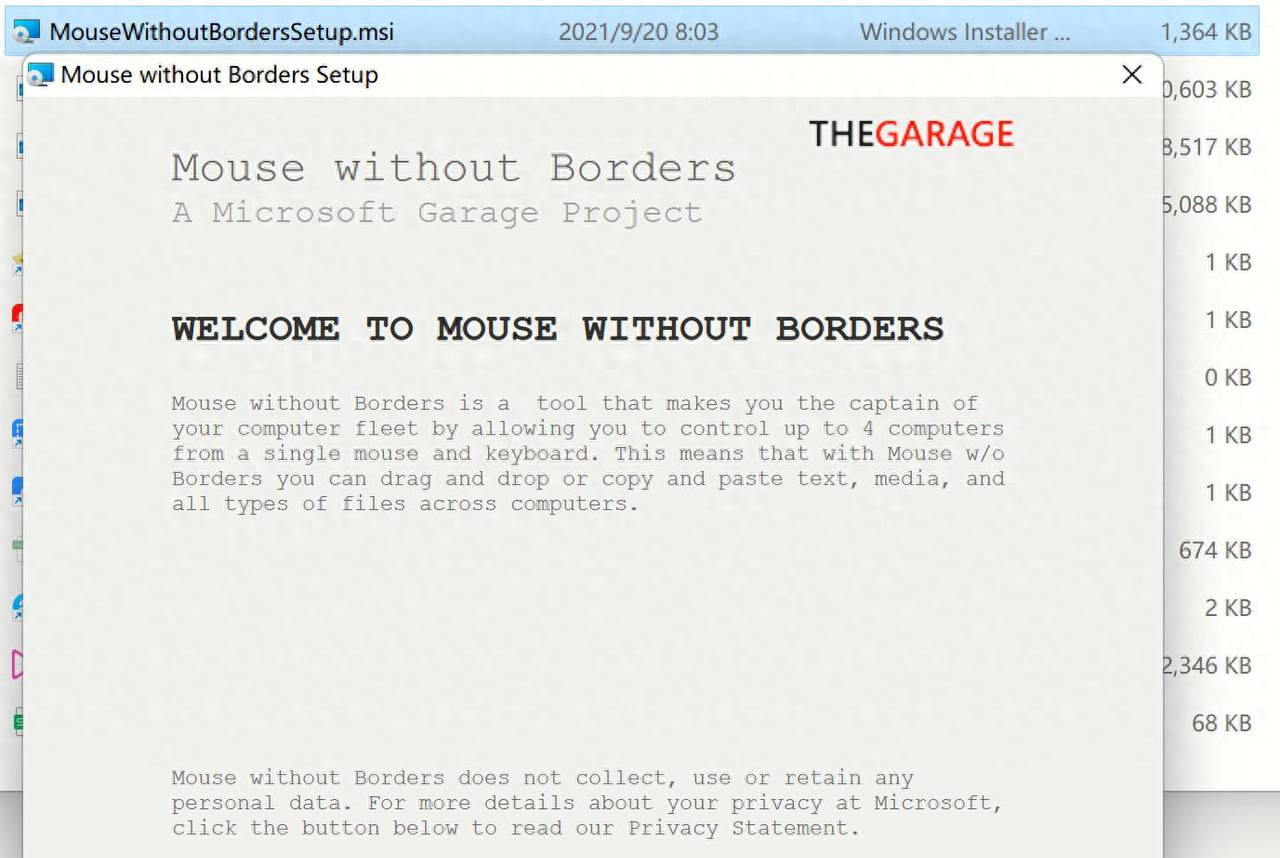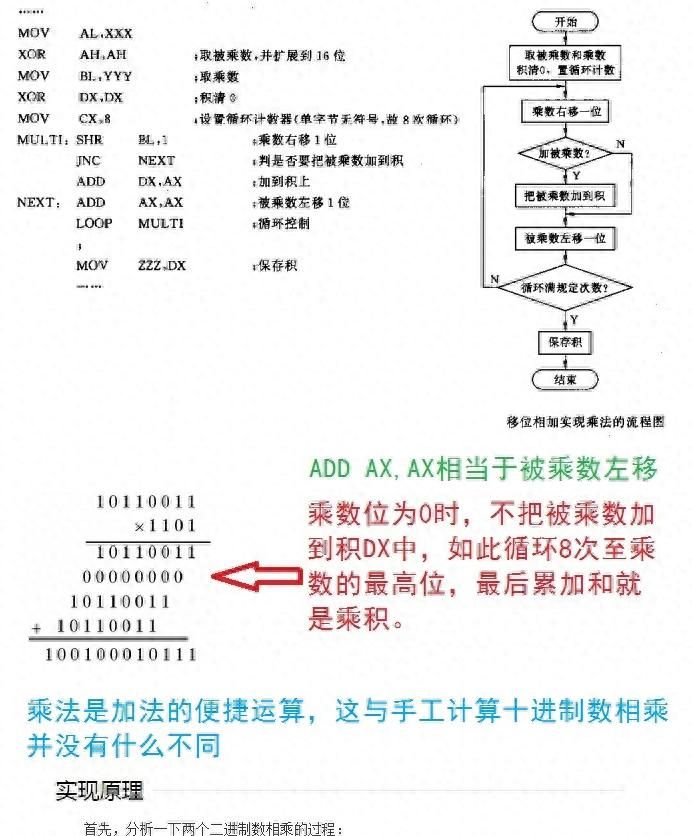1. 线程池概念和作用
线程池:其实就是一个容纳多个线程的容器,其中的线程可以反复使用,省去了频繁创建线程对象的操作,无需反复创建线程而消耗过多资源。
线程池作用就是限制系统中执行线程的数量
为什么要用线程池:
1.减少了创建和销毁线程的次数,每个工作线程都可以被重复利用,可执行多个任务。
2.可以根据系统的承受能力,调整线程池中工作线线程的数目,防止因为消耗过多的内存,而把服务器累趴下(每个线程需要大约1MB内存,线程开的越多,消耗的内存也就越大,最后死机)。
2. 线程池的继承关系
顶级线程池接口 Executor
1.void execute(Runnable command); 执行任务
|
线程池接口 ExecutorService
1.void shutdown(); 关闭线程池
2.<T> Future<T> submit(Callable<T> task); 执行任务
3. Future<?> submit(Runnable task); 执行任务
|
定时任务线程池 ScheduledExecutorService
自定义线程池 ThreadPoolExecutor3. Executors 线程池的工具类
1.public static ExecutorService newSingleThreadExecutor()
newSingleThreadExecutor
创建一个单线程的线程池。这个线程池只有一个线程在工作,也就是相当于单线程串行执行所有任务。如果这个唯一的线程因为异常结束,那么会有一个新的线程来替代它。此线程池保证所有任务的执行顺序按照任务的提交顺序执行。
//单线程的线程池
ExecutorService pool = Executors.newSingleThreadExecutor();
//执行任务
pool.execute(new MyRunnable());
pool.execute(new MyRunnable());
pool.execute(new MyRunnable());
pool.execute(new MyRunnable());
//关闭线程池
pool.shutdown();
2.public static ExecutorService newFixedThreadPool(int nThreads)
newFixedThreadPool
创建固定大小的线程池。
每次提交一个任务就创建一个线程,直到线程达到线程池的最大大小。
线程池的大小一旦达到最大值就会保持不变,如果某个线程因为执行异常而结束,那么线程池会补充一个新线程。
ExecutorService pool = Executors.newFixedThreadPool(3);
//执行任务
pool.execute(new MyRunnable());
pool.execute(new MyRunnable());
pool.execute(new MyRunnable());
pool.execute(new MyRunnable());
pool.execute(new MyRunnable());
pool.shutdown();
3.public static ExecutorService newCachedThreadPool()
newCachedThreadPool
创建一个可缓存的线程池。
如果线程池的大小超过了处理任务所需要的线程,那么会回收部分空闲(60秒不执行任务)的线程,当任务数增加时,此线程池又可以智能的添加新线程来处理任务。此线程池不会对线程池大小做限制,线程池大小完全依赖于操作系统(或者说JVM)能够创建的最大线程大小。
ExecutorService pool = Executors.newCachedThreadPool();
//执行任务
pool.execute(new MyRunnable());
pool.execute(new MyRunnable());
pool.execute(new MyRunnable());
pool.execute(new MyRunnable());
pool.execute(new MyRunnable());
pool.shutdown();
4.public static ScheduledExecutorService newScheduledThreadPool(int corePoolSize)
newScheduledThreadPool
创建一个大小无限的线程池。此线程池支持定时以及周期性执行任务的需求。
场景:SpringTask 定时任务,它的底层原理是newScheduledThreadPool线程池。
ScheduledExecutorService pool = Executors.newScheduledThreadPool(1);
/**
* 定时执行的任务 scheduleAtFixedRate()
* 第一个参数:执行的任务 Runnable 对象
* 第二个参数:延时时间
* 第三个参数:周期频率
* 第四个参数:时间单位
*/
pool.scheduleAtFixedRate(
()-> System.out.println(LocalDateTime.now()),
1,
1,
TimeUnit.SECONDS
);
4. 接口
— Executor 线程池顶级接口 ,不是一个线程池,而只是一个执行线程的工具
— ExecutorService 线程池接口
— ScheduledExecutorService 定时执行任务的线程池接口
— ThreadPoolExecutor 自定义线程池的类
ExecutorService 线程池接口
1.Future<?> submit(Runnable task); 传入Runnable任务对象,无法通过Future中的get()获取返回值,为null
2.<T> Future<T> submit(Callable<T> task); 传入Callable任务对象,可以通过Future中的get()获取返回值
//以submit(Runnable对象)为例
Future<?> future1 = pool.submit(new MyRunnable());
Object result1 = null;
try {
result1 = future1.get();
} catch (InterruptedException | ExecutionException e) {
throw new RuntimeException(e);
}
System.out.println("result1 = "+result1);
Future<?> future2 = pool.submit(new MyRunnable());
Object result2 = null;
try {
result2 = future2.get();
} catch (InterruptedException | ExecutionException e) {
throw new RuntimeException(e);
}
System.out.println("result2 = "+result2);
//以submit(Callable对象)为例
Future<?> future1 = pool.submit(new MyCallable());
Object result1 = null;
try {
result1 = future1.get();
} catch (InterruptedException | ExecutionException e) {
throw new RuntimeException(e);
}
System.out.println("result1 = "+result1);
Future<?> future2 = pool.submit(new MyCallable());
Object result2 = null;
try {
result2 = future2.get();
} catch (InterruptedException | ExecutionException e) {
throw new RuntimeException(e);
}
System.out.println("result2 = "+result2);
submit() 和 execute() 区别:
1.Executor线程池顶级接口中,提供的void execute(Runnable command);方法
ExecutorService 线程池接口,提供给 Future<?> submit(Runnable task); 传入Runnable任务对象
ExecutorService 线程池接口,提供给 <T> Future<T> submit(Callable<T> task); 传入Callable任务对象
2.submit()执行任务时,可以带回Future,通过Future的get()获取线程执行任务后的结果,建议必须搭配Callable一起使用
3.submit()对于出现异常后的处理更加完善,因为实现Callable接口,重写call()会抛出异常,可以通过Future中的get()获取返回值,需要处理ExecutionException,抛出异常时可以阻止其它的任务执行
相关文章












![深入探究 Java 应用日志中的 Starting ProtocolHandler [`http-nio-9001`] 启动机制](https://www.dunling.com/img/7.jpg)
